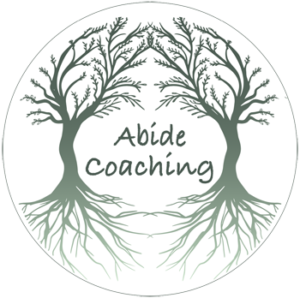Mindfulness is a practice of becoming more present to the here and now. It seems to be a paradox to talk about ADHD and Mindfulness, but ADHD is full of paradoxes. Being mindful is a skill that can be practice and improved. As it is practiced throughout the day, you learn to pay attention to patterns and minor changes from moment to moment.
Why Mindfulness? Because there is a load of benefits:
- Decreases stress
- Decreases anxiety
- Decreases pain
- Decreases depression
- Lessens insomnia
- Decreases high blood pressure
- Improves attention (on what is boring)
- Improve sleep
- Decreases job burnout
- Improve diabetes control
- Improves reactivity
- Be Present to the moment you are in
- Stop reacting (overreacting) emotionally
- Help manage Emotional Dysregulation
- Build compassion
- Strengthen communication
You can’t talk about Mindfulness and ADHD without talking about Lidia Zylowska, M.D., a psychiatrist and founding member of the Mindful Awareness Research Center (MARC) at the University of California-Los Angeles. Zylowska and her colleagues have been studying the effects of the Mindful Awareness Practices for ADHD (MAP). The program there has participants start meditating for five minutes and then build up to 20 minutes. If that was too hard, they could choose to do mindful walking, which is an excellent alternative for people with ADHD. There are many details to the program, but these two steps are at the heart of it.
- focusing on the present moment;
- having an attitude of openness, curiosity, and acceptance
These two steps are crucial to supporting your ADHD.
Explore these apps to help you build a mindfulness practice:
- MoodKit, iOS, $4.99
- Happyify, iOS, Android, $14.95/month
- Pacifica, iOS, Android, $35.99/year
- The Fabulous, Android, Free
- Insight timer,
- Cognitive Diary CBT Self-Help, Android, Free
Many people with ADHD feel like they are practicing meditation wrong. You don’t need to sit still for 20 minutes with your legs crossed, but you can if you want. Your mind doesn’t need to be quiet, either. As long as you pause and notice your mind, body, and what is happening around you, you are doing just fine. Most people with ADHD have a bombardment of thoughts. Notice them and dismiss them—each time. As you practice, it will become more comfortable. It is normal to feel restless, distracted during meditation.
It can be done in lots of places and while doing many activities of everyday life:
- Eating
- Breathing
- Sitting
- Walkings
- Cooking
- Drawing
- Exercising
Start practicing by anchoring this happen to an existing habit so that you remember to do it. Maybe keep a record of what worked or what you liked about it. Studies show that in just two months, most people with ADHD feel happier and calmer.

